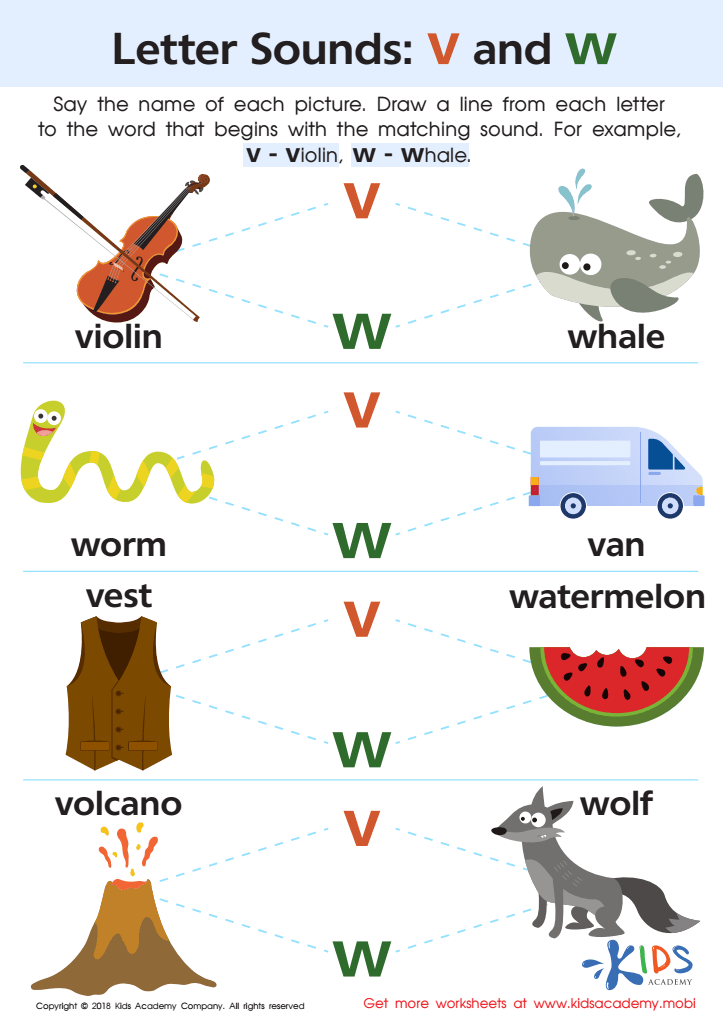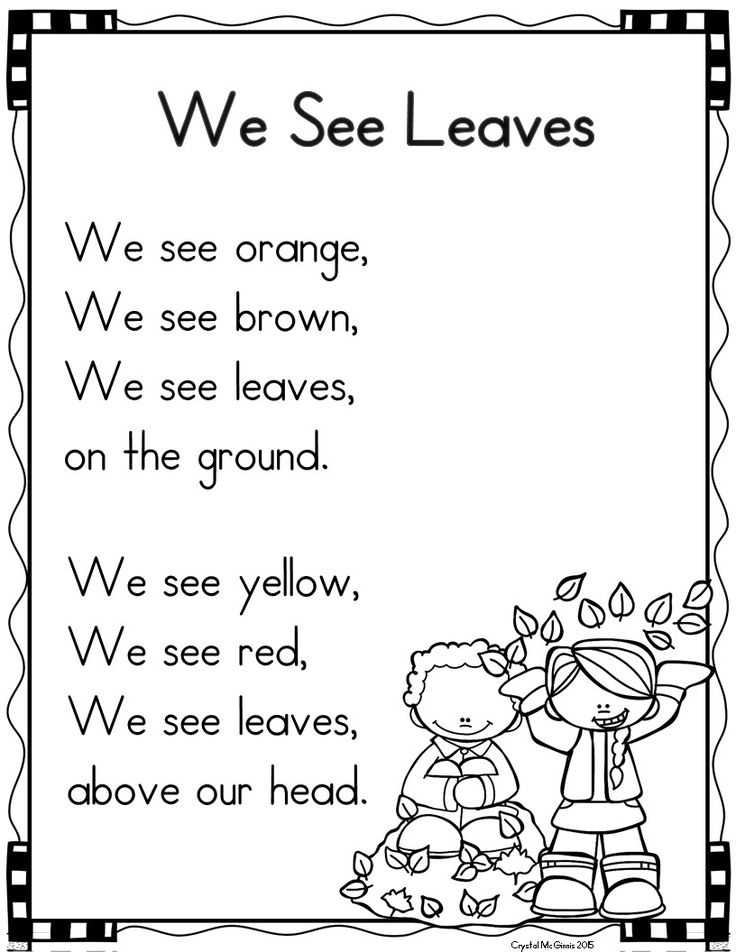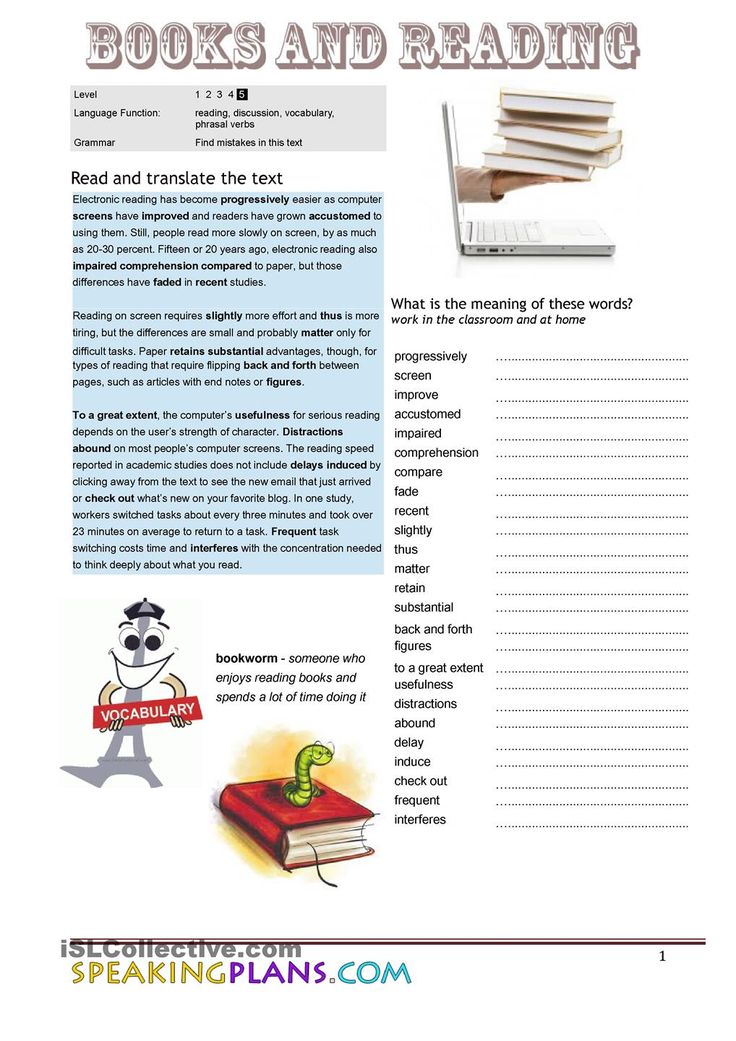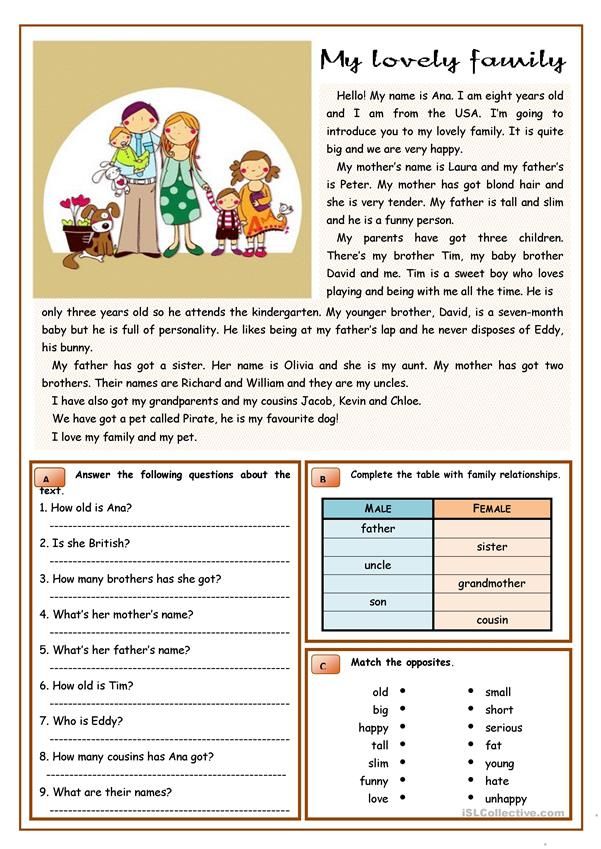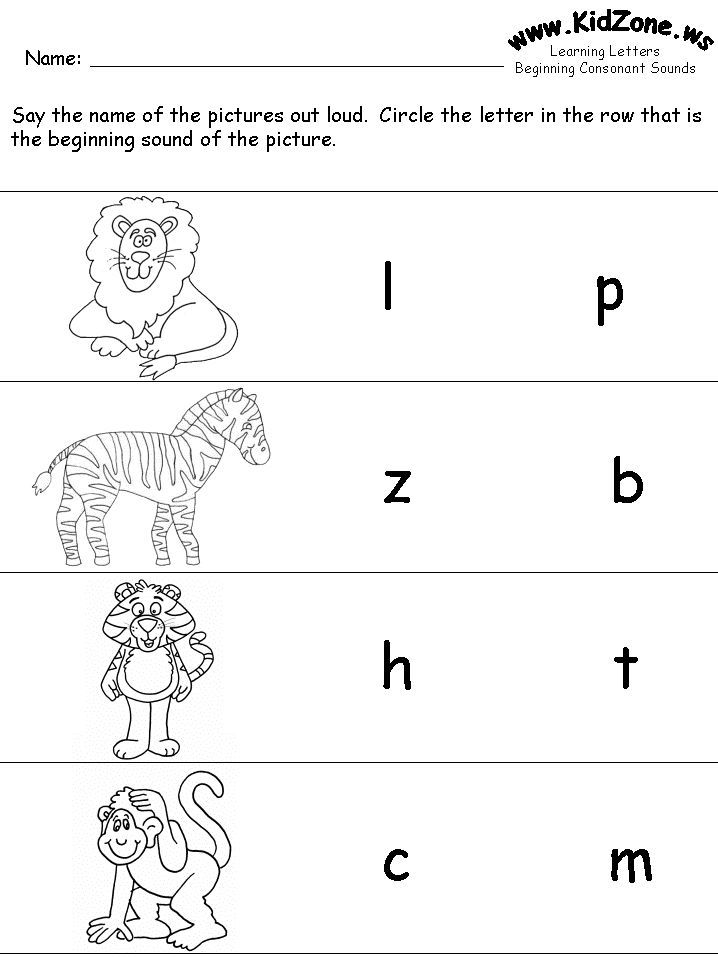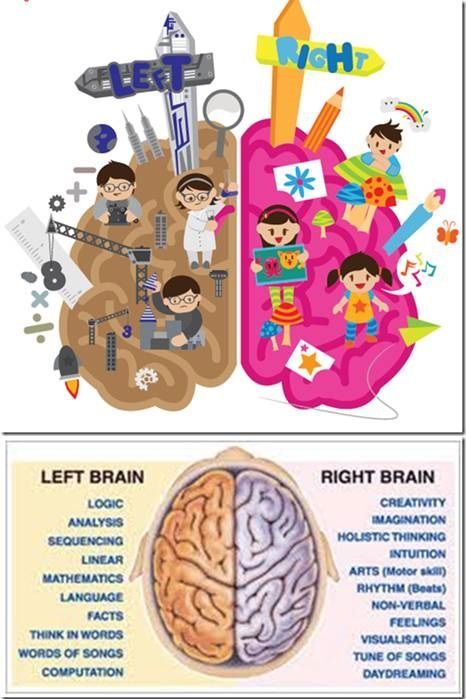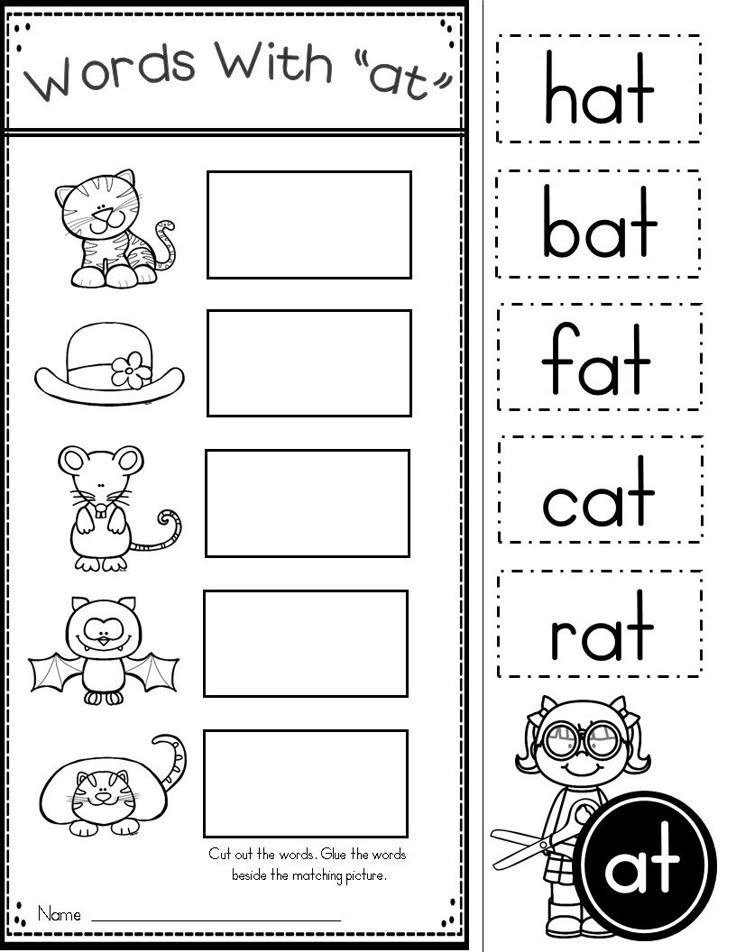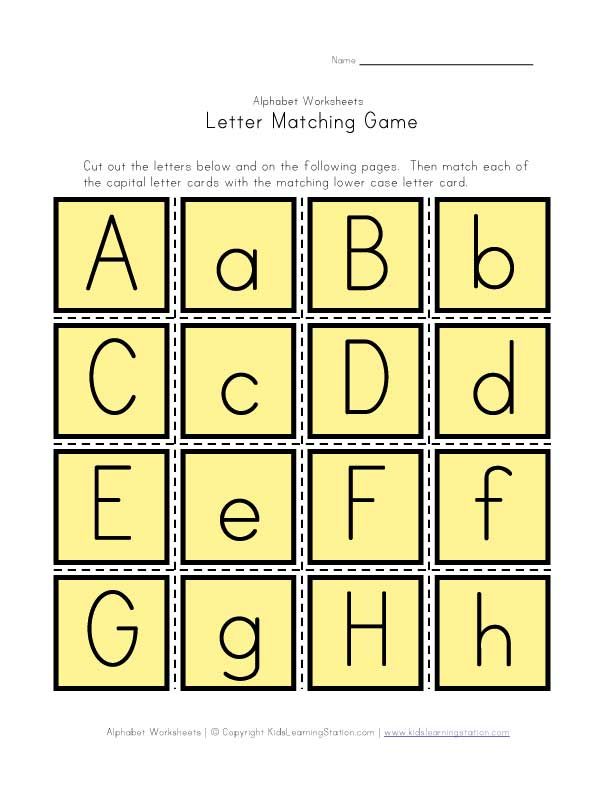Sounds the letter a makes
How many sounds does the letter ‘a’ make?
Letters and sounds
My earliest memory of learning the English alphabet for the first time is the song – a b c d, e f g… h i j k, l m n o p… l m n o p q, r s t… u v w, x y z. For a long time, I did not realise that the song used the letter names and not necessarily the letter sounds. It is only after my involvement in learning and teaching English through Phonics at NumberNagar®, I realised the difference.
What does this mean? A letter is a written representation – also known as grapheme. A sound is a distinct vocal expression – also known as phoneme. In the English language, there are two peculiarities in the letter-sound relationship. One – the letter name may or may not be the same as the sound made by the letter. Two – the same letter can make multiple sounds.
In most Indian languages, these two peculiarities are absent. The letter names and letter sounds are the same, and usually, one letter makes one sound. The languages where the letters and the sounds have a one-to-one relationship are said to possess ideal phonemic orthography. The English language deviates significantly from an ideal phonemic orthography. This fundamental difference between English and Indian languages makes English learning challenging for Indian learners.
Therefore, learning English using the Phonics method is highly beneficial to master the fundamentals of language learning. That is the primary objective of the NumberNagar® Phonics methodology.
Sounds of letter ‘a’
Owing to the non-ideal phonemic orthography of English, the letter ‘a’ makes more than one sound. In fact, it makes five different sounds. Let us look at these five sounds, shall we? In the following paragraphs, the sound is denoted using both International Phonetic Alphabet (IPA) and the American Heritage Dictionary (AHD) notations.
Sound 1 –
‘a’ as in apple – short vowel sound – æ (IPA) ă (AHD)
Sound 1 of aOther examples: bat, cat, cap, man
Sound 2 –
‘a’ as in snake – long vowel sound – eɪ (IPA) ā (AHD)
Sound 2 of aOther examples: cake, bake, gate, made
Sound 3 –
‘a’ as in father – broad sound – ɑː (IPA) ä (AHD)
Sound 3 of aOther examples: car, bath, ask, grass
Sound 4 –
‘a’ as in ball – o sound – ɔː (IPA) ô (AHD)
Sound 4 of aOther examples – call, war, fall
Sound 5 –
‘a’ as in many – e sound – ɛ (IPA) ĕ (AHD)
Sound 5 of aOther examples – any, anything, anywhere
This is not a common sound for letter ‘a’.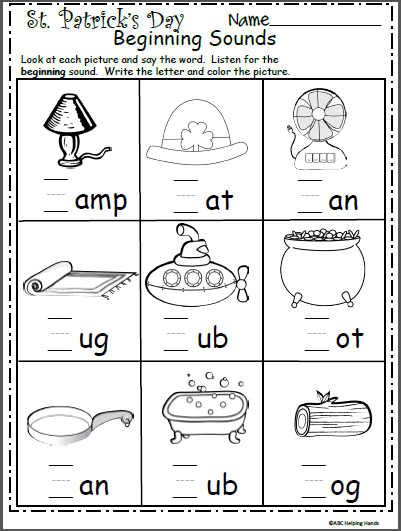 Can you think of any other examples?
Can you think of any other examples?
Listen to the five different sounds made by the letter a, in this audio.
Five sounds of letter ‘a’Is it not interesting to know about the sounds of the letter a? Do you have any stories about the letter ‘a’ and its sounds? Please share in the comments section.
You can find more articles on Phonics related concepts here. Stay tuned for more to come.
************************************************************************
NumberNagar® Phonics KitHave you invested in the NumberNagar ® Phonics Kit yet? It is the perfect gift for children in your family and friends’ circles. We have some exciting offers for Deepavali coming up. Order your kit soon.
Featured image credits: Gerd Altmann from Pixabay
The following two tabs change content below.
- Bio
- Latest Posts
Dr. Soumya is an Educator and Researcher with a passion for reading, writing and teaching.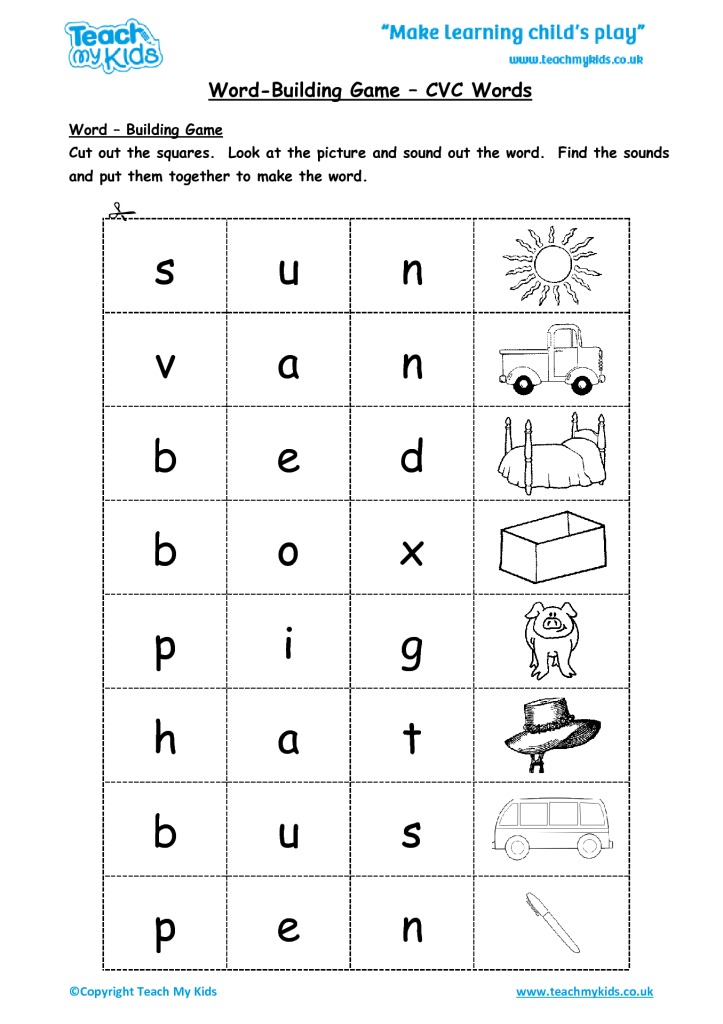 She holds a PhD in Chemistry (Michigan Technological University, Houghton, USA). Her experience as a student and a teacher in two countries led her to pursue a career in Education.
Her core work at NumberNagar® involves quality delivery of product and services at every stage of the customer life cycle. She leads the team that makes this happen. Previously she has taught Chemistry to first year undergraduate students at Michigan Technological University.
She is a voracious reader and challenges herself to read 50 books every year.
She holds a PhD in Chemistry (Michigan Technological University, Houghton, USA). Her experience as a student and a teacher in two countries led her to pursue a career in Education.
Her core work at NumberNagar® involves quality delivery of product and services at every stage of the customer life cycle. She leads the team that makes this happen. Previously she has taught Chemistry to first year undergraduate students at Michigan Technological University.
She is a voracious reader and challenges herself to read 50 books every year.
Seven Ways to Pronounce the Letter "A"
One challenge of accent reduction or accent modification for non-native speakers of English is the fact that vowels can be pronounced several ways. An example is the letter “a.”
When it stands alone the letter “a” is called an article. An article is an adjective that gives a small amount of information about the word that follows it. It can be pronounced as a long “a” as in ate or as “uh” in above.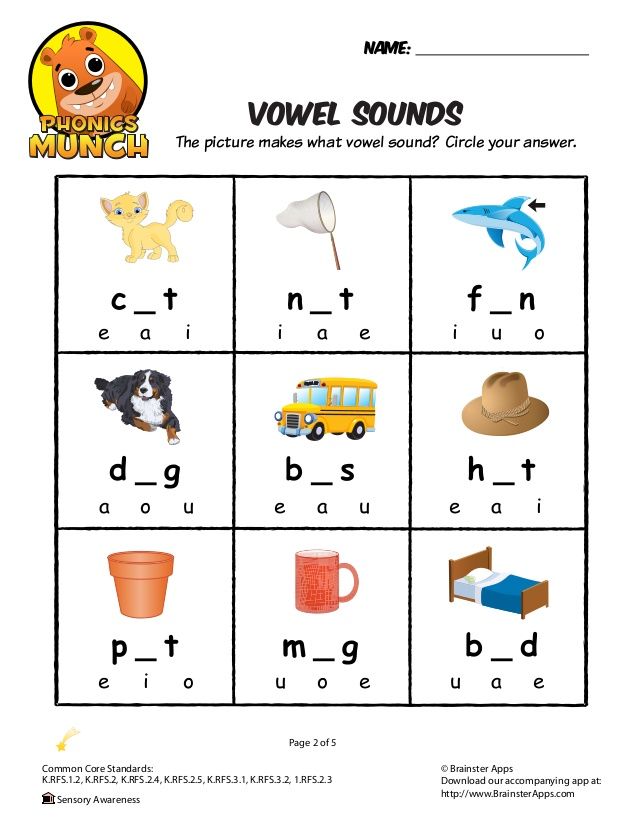 As a letter of the English alphabet, the “a” is a vowel that provides substance and definition to the words in which it occurs.
As a letter of the English alphabet, the “a” is a vowel that provides substance and definition to the words in which it occurs.
Pronouncing the Letter “A”
The letter “a” has seven different sounds. To master each of these, you must listen closely to experienced speakers of the English language and then practice articulating the words that contain “a” sounds. The underlined words in the following sentence demonstrate the seven different sounds for the letter “a.”
Jack was about to share his private yacht with his football coach when he received a cable informing him that the engine needed repair.
Of course, if a person who has mastered speaking English correctly did not read this to you, you may not be able to appreciate the variation in sound for the vowel “a” since some of the differences are fairly subtle. It is one of those instances where practice not only makes perfect but is vital to correct articulation.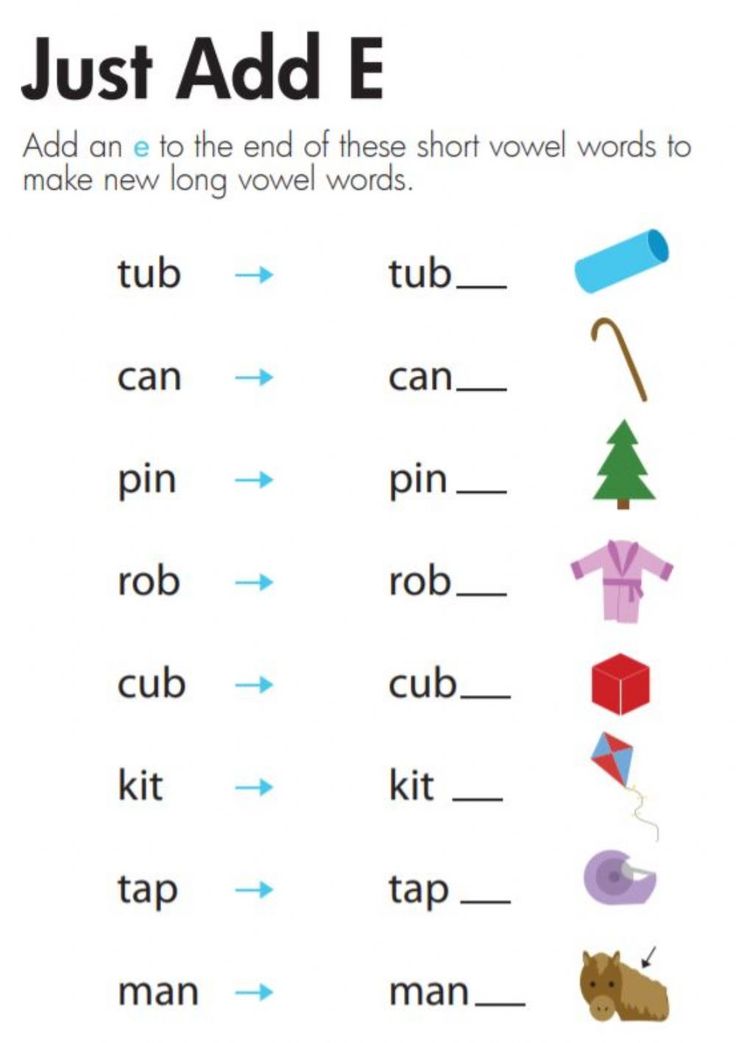
Here are a few practice words for each of the seven “a” sounds:
Jack, exact, actually, apple
yacht, father, alms, barn
about, around, zebra
football, tall, calling, law
cable, stable, able, ate
share, careful, rare, air
private, climate, senate
Correct Pronunciation of Subtle Sounds Gives Polish to Your Spoken English
Whereas the consonants are robust, the vowels are generally soft. They are the glue that gives meaning to the consonants. Pronouncing vowel sounds properly adds refinement to your speech. When you speak to your audience with clarity and correctness, they tend to pay closer attention to what you have to say more than how you say it.
Practice, Practice, Practice
The best way to experience and recognize vowel sounds is to converse regularly with people who are proficient in the English language. Self-Expression Center offers you opportunities for guided practice. Call 281-293-7070 to request a free twenty-minute, accent-reduction consultation so that you can begin refining your verbal English skills.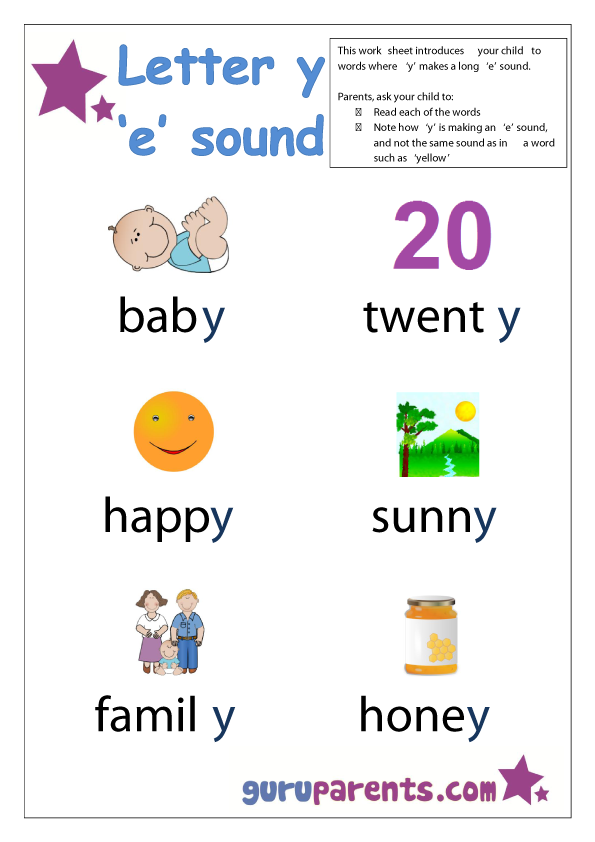 The following learning opportunities are offered:
The following learning opportunities are offered:
Customized Accent Reduction Programs for Individuals
Individual coaching for accent reduction or accent modification often lasts for 8 one-hour private sessions. Sandra identifies 8 to 12 specific sounds of English that the foreign-born professional is not pronouncing correctly. For example Asians typically need to learn the consonant sounds of L, R, V, W, N, NG and TH and certain neutral vowels that Americanize their pronunciation. Sandra teaches participants to use their teeth, tongue and lips to form these sounds correctly. They practice in words, sentences and reading aloud. They also practice to integrate the sounds into their daily speech, including industry specific terms. Individual sessions may also be done by telephone or by Skype from anywhere in the world.
Customized Accent Reduction Programs for Small Groups.
Group classes for individuals are offered to small groups of 4 – 6 participants at Self-Expression Center.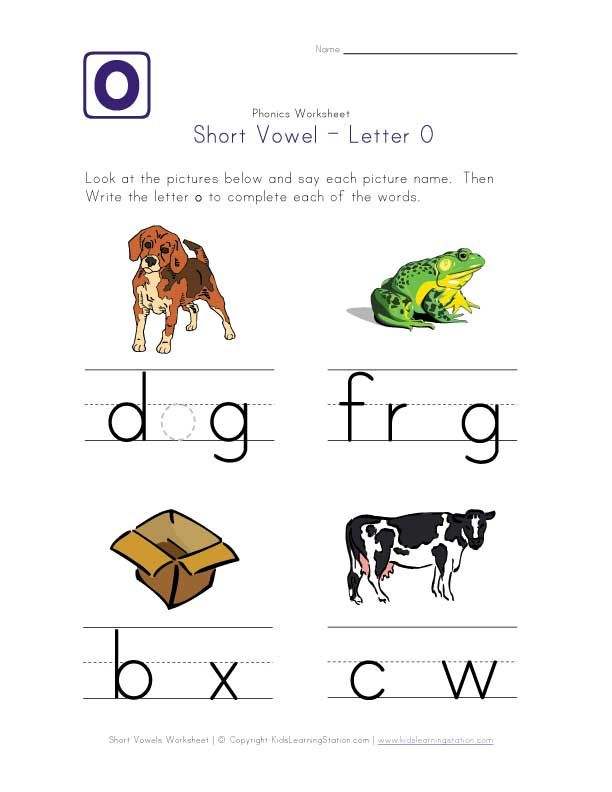 Participants learn to pronounce the sounds of English that help them be more easily understood when speaking English. Group classes are offered for 4 Fridays during lunch time.
Participants learn to pronounce the sounds of English that help them be more easily understood when speaking English. Group classes are offered for 4 Fridays during lunch time.
If you would like to organize a small group of friends or colleagues, Sandra can tailor a program specifically customized for your group.
Group classes for corporate employees can be offered at your business location. Groups are most effective when limited to a maximum of 8 people. Industry specific terms are used for practicing correct pronunciation of the words used daily in business.
Request a Complimentary Consultation about Accent Reduction or Accent Modification
English letters. Pronunciation and transcription of English letters
Select the desired letter: A, B, C, D, E, F, G, H, I, J, F, K, L, M, N, O, P, Q, R, S, T, U, V, W, X, Y, Z .
The letter A , a [ei] in an open stressed syllable reads like a diphthong [ei], in an unstressed position - like a sound [ə].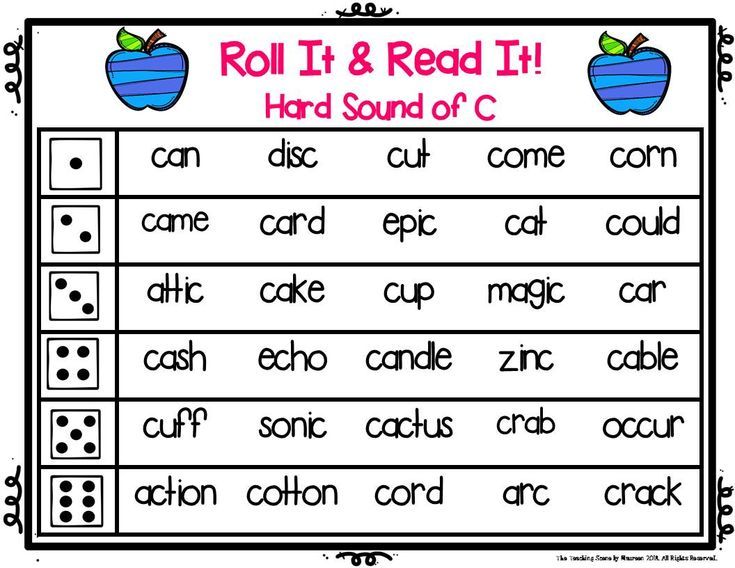
take [teik] - take, take
a pen [ə'pen] - pen a desk [ə'desk] - desk
Letter reading A , a [ei] in a stressed syllable.
| Open syllable | Closed syllable | |
| Pronunciation | [ei] | [æ] |
| Example | take [teik] - take, take | man [mæn] - a man, a person Ann [æn] - Anna bad [bæd] - bad |
Consonant letter B , b [bi:] is read as sound [b].
The letter C , c [si:] is read as a sound [s] before vowels e , i , and before other vowels and consonants, and also at the end of a word it is read as a sound [k].
nice [nais] - nice, nice
a pencil [ə'pensl] - pencil
clean [kli:n] - clean
The letter c before the letter y is read as [s].
a cycle [ə'saikl] - bicycle
Consonant letter D , d [di:] is read as sound [d].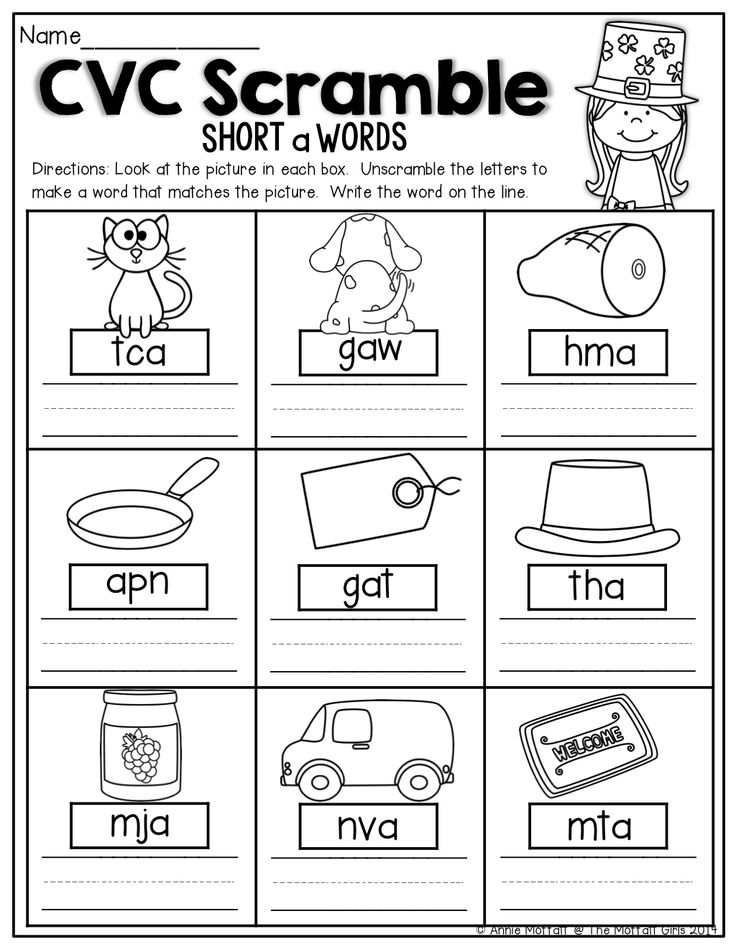
Reading the letter E , e [i:] in a stressed syllable.
| Open syllable | Closed syllable | |
| Pronunciation | [i:] | [e] |
| Example | be [bi:] - be Pete [pi:t] - Petya | pen [pen] - pen Ben [ben] - Ben |
The consonant letter F , f [ ef ] is read as a sound [ f ].
The letter G , g [ ʤi: ] is read as a sound [ ʤ ] before vowels e , i , y and as a sound [ g ] before other vowels, before consonants and at the end of a word.
a page [ə'peiʤ] – page
a gym [ə'ʤim] – abbr. gym
good [ gud ] - good
Exception:
to give [giv] - to give
The letter H , h [ eitʃ ] at the beginning of a word before a vowel is read as a sound [ h ].
he [hi:] - he
his [hiz] - his
Reading the letter I , i [ai] in a stressed syllable.
| Open syllable | Closed syllable | |
| Pronunciation | [ai] | [i] |
| Example | Mike [maik] - Misha | it [ it ] - he, she, it ( personal pronoun used for inanimate objects ) is [ iz ] - is ( 3rd person singular present tense from the verb "to be" - to be ) |
The letter I , i [ai] in a closed stressed syllable before the letter combination nd , ld is read as a diphthong [ai].
find [faind] - find
mild [maild] - mild, moderate
The letter J , j [ ʤei ] is always read as the sound [ ʤ ].
Jane [ʤein] - Jane
Consonant letter K , k [ kei ] is read as sound [ k ].
The letter k before n at the beginning of a word is not readable.
a knife [ə'naif] - knife
The consonant letter L , l [ el ] is read as a sound [ l ].
In English, [ l ] is a syllable-forming sound at the end of words in combination with a preceding consonant.
an apple [ən'æpl] - apple
a table [ə'teibl] - table
The consonant letter M , m [ em ] is read as a sound [ m ].
The consonant letter N , n [ en ] is read as a sound [ n ].
The letter O , o [ou] in an open stressed syllable is read as a diphthong [ou], and in an unstressed position - as a sound [ə] or not read at all.
to close [tə'klouz] - close
a lesson [ə'lesn] - lesson
Reading the letter O , o [ou] in a stressed syllable.
| Open syllable | Closed syllable | |
| Pronunciation | [ou] | [ɔ] |
| Example | no [nou] - no go [gəu] - go, walk, drive | on [ ɔn ] - on ( preposition of place ) not [ nɔt ] - not tea-pot [ 'ti:pɔt ] - kettle |
Consonant letter P , p [ pi: ] is read as sound [ p ].
The letter Q , q [ kju: ] always occurs in the letter combination qu , which is read as [ kw ] in the stressed syllable.
quite [ kwait ] - quite, quite
q question [ 'kwestʃn ] - a question
The letter R , r [ a: ] before any vowel at the beginning of a word is read as a sound [ r ].
red [red] - red
a room [ə'rum] - room
The letter S , s [ es ] is read as a sound [ s ] at the beginning of a word, before consonants, at the end of words after voiceless consonants and as a sound [ z ] - at the end of a word after voiced consonants and vowels, as well as in position between vowels.
send [ send ] - send
desk [ desk ] - desk
desks [ desks ] - desks
pens [ penz ] - pens
please [ pli: z ] - please
Consonant letter T , t [ti: ] is read as [t] sound.
Reading the letter U , u [ju:] in a stressed syllable.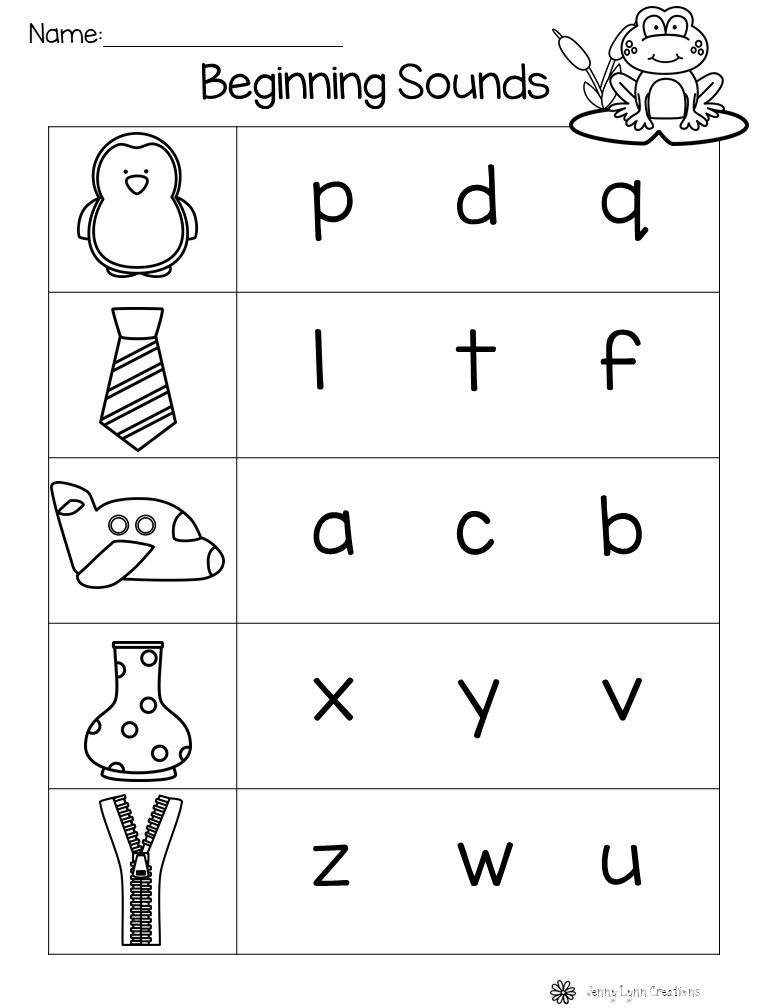
| Open syllable | Closed syllable | |
| Pronunciation | [ju:] | [ʌ] |
| Example | student [ə'stju:dent] - student | cup [ə'kʌp] |
Consonant letter V , v [ vi: ] is read as sound [ v ].
The letter W , w [ 'dʌblju: ] in most cases is read at the beginning of a word as a sound [ w ].
we [wi:] - we
a woman [ə'wumən] - a woman
The letter X , x [ eks ] in most cases is read as a sound combination [ ks ].
a text [ə'tekst] - text
The letter Y , y [ wai ] in an open stressed syllable is read as a diphthong [ ai ] and as a sound [ j ] at the beginning of a word before a vowel.
my [mai] - my
yes [jes] - yes
The letter Y , y [wai] in the final unstressed position is read as a sound [i].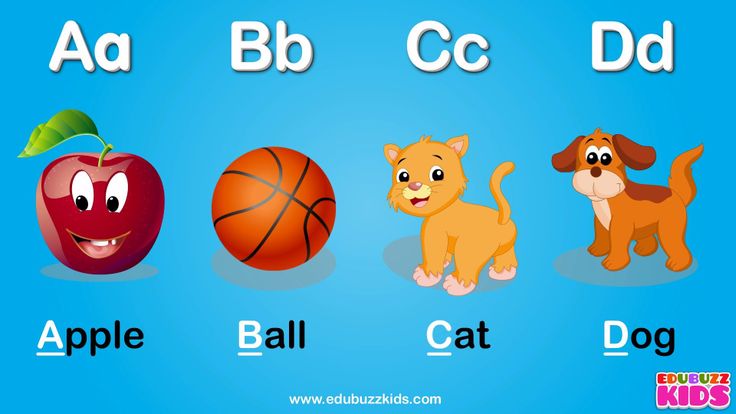
very ['veri] - very
Letter Z , z [ zed ] is always read as sound [ z ].
a size [ə'saiz] - size
Back (characteristics of sounds) Forward (rules for reading letter combinations) To the list of pronunciation rules
Listen to the letters of the English alphabet
Start learning English with the alphabet, because it contains letters that will help you learn to read and write.
The origin of the alphabet and the pronunciation of English letters
The basis of the modern English alphabet is the Latin alphabet, but the names of the English letters differ significantly from the original Latin ones, so they must be learned by heart. The fact is that the English alphabet consists of 26 letters, and in the language itself there are 44 sounds (according to some studies, up to 49). This means that the same letter can express several sounds . Conversely, one sound can be written in different letters .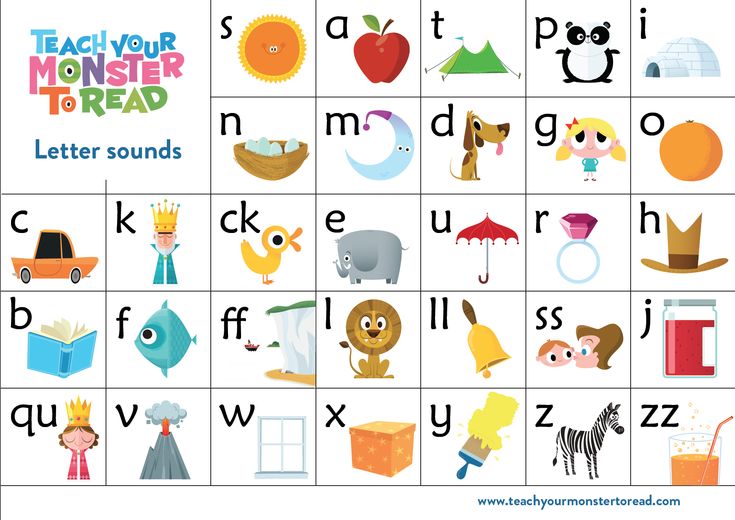 That is, we can talk about the pronunciation of a letter only in a specific word. Take for example the sound [f], it can be expressed by the letter f> fish (fish) , as well as combinations of letters ph> philosophy (philosophy) or gh> laughter (laughter) .
That is, we can talk about the pronunciation of a letter only in a specific word. Take for example the sound [f], it can be expressed by the letter f> fish (fish) , as well as combinations of letters ph> philosophy (philosophy) or gh> laughter (laughter) .
This means that the name of the letter and its pronunciation are not at all the same thing. When we talk about the alphabet, we mean the names of the letters.
American English Alphabet with Pronunciation
First, listen to each letter of the English alphabet separately. Click on the letter and she will name herself! Pay attention to transcription. The American name for the letter Z sounds like [zi], the British one like [zad].
| Aa[eɪ] | Bb[biː] | Cc[siː] | Dd[diː] |
| Ee[iː] | Ff[ɛf] | Gg[ʤiː] | Hh[eɪʧ] |
| Ii[aɪ] | Jj[ʤeɪ] | Kk[keɪ] | Ll[ɛl] |
| Mm[ɛm] | Nn[ɛn] | Oo[oʊ] | Pp[piː] |
| Qq[kjuː] | Rr[ɑr]/[ɑː] | Ss[ɛs] | Tt[tiː] |
| Uu[juː] | Vv[viː] | Ww[ˈdʌbljuː] | Xx[ɛks] |
| Yy[waɪ] | Zz[zi]/[zɛd] | American: [zi] or British (international) version: [zed] | |
Now listen to the whole alphabet
Try to learn the English alphabet by heart.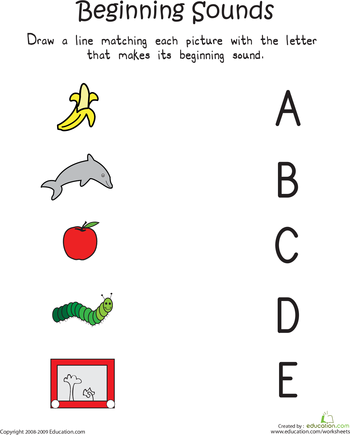 Why this is necessary and how to learn it better, you will find out by reading this page to the end.
Why this is necessary and how to learn it better, you will find out by reading this page to the end. Why know the alphabet by heart?
The alphabet is a very important element of language learning. It must be memorized so that it "flies off the teeth." Firstly, it will greatly facilitate the process of learning the language - reading, writing, working with dictionaries, will help to master pronunciation. Secondly, the alphabet will also be useful in oral communication, because the British, like the Americans, are very fond of abbreviations, and most of them are spelled. Knowing the alphabet and popular abbreviations, you will not be confused when you hear: LA (L-Hey), DC (DC), FBI (FBI), CIA (CIA) or NYPD (NWY- Pee Dee). If you have to work with lists or tables, then it will be much easier for you to search for the desired text, since tables and lists are most often sorted alphabetically.
During a telephone conversation, you can often hear: Can you spell your name, please? , which means something like this: I can't understand your foreign name, please spell .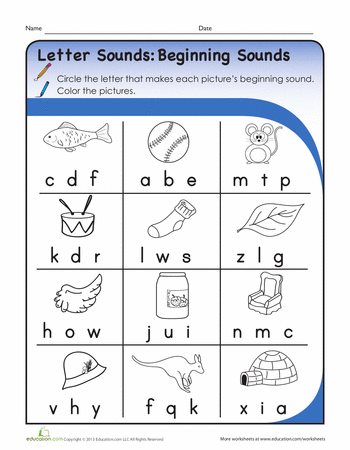
How to learn the English alphabet?
Each letter must be known “by sight”, but the letters of the alphabet cannot be taught separately, it is much easier to learn them in a “legalized sequence”, the alphabet must flow like a song, the letters must be connected and inseparable like train cars.
Pay attention to how the letter "Z" sounds in the American version of the alphabet, remember the group
ZZ top ? Or maybe you met somewhere the letter combination EZ ? Now you'll know what it means easy - that's how all are just !
At the beginning of this page we listened to the alphabet, and now we can look at the handwritten version of the spelling of English letters.
Handwritten Letters of the English Alphabet
Here you see one of the options for writing the letters of the English alphabet. This is exactly the option, since the variety of handwriting and individual characteristics of writing letters tends to infinity, ranging from simple “copying” printed letters to calligraphic delights in retro style.